What is the purpose of the transistors in the feedback arrangement of this OP-AMP?
I am mostly interested in the purpose and general use of this kind of "trick", and perhaps also what it does in the circuit where I saw it.
The circuit occurs in a bass-boosting audio circuit "DBX 100" of which the schematics are found here:
https://elektrotanya.com/dbx_100-boom-box_main_schematics.pdf/download.html
There's a similar arrangement discussed here, Op amp with transistor in feedback, but I'd like to better understand the specific role of the transistor.
Maybe hysteresis? Diode in positive feedback?



